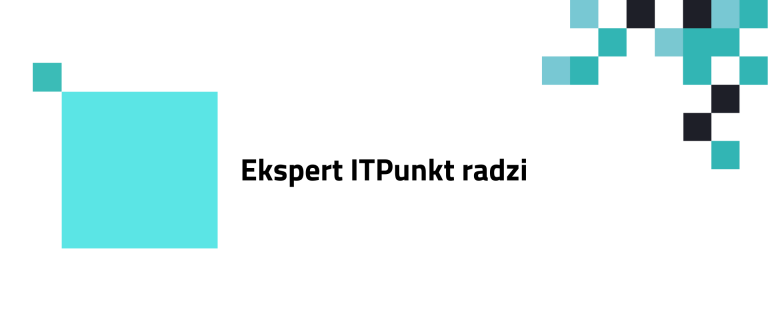Why is proper implementation of a firewall important and… easy? Step-by-step guide!
Do you run a small or medium-sized business and believe that cybersecurity doesn’t concern you? It’s quite the opposite! Smaller enterprises are regularly targeted for password theft, payment information, or email content. To prevent this, proper implementation of a firewall is essential. How to do it smoothly, well, and painlessly?
Let’s start from the beginning – what is a firewall and why do you need it?
A firewall is a physical device or installed software that examines incoming traffic and decides whether to block it or allow it to enter the network. Imagine a militarized checkpoint with stationed guards checking everyone attempting to cross the border – that’s how a firewall works.
A good firewall is important not only for information protection but also for your reputation. After all, your customers entrust you with their data, and losing it in a hacker attack is not a way to maintain their trust.
Once you have a firewall that meets your needs, you should approach its implementation and configuration as if you were building an army. Okay, we admit – it sounds daunting, but in reality, your IT department will surely handle it. It’s important to follow the steps below.

Securing the Firewall
In practice, this means that the firewall grants access to desired users and rejects unwanted ones, such as hackers. So, how to properly secure the firewall?
- Update the software to keep the firewall current.
- Remove, disable, or change the default user account names.
- Change default passwords to more secure ones.
- Create an organized hierarchy for all individuals assigned to manage the firewall. Limit their permissions based on their responsibilities in your company.
- Restrict areas where changes can be made in the firewall configuration.
Identifying Groups Requiring the Most Protection
The best way to control your corporate resources is to identify groups requiring the most protection by creating structured network zones of assets. This should be done based on their importance and risk level. These groups are often called demilitarized zones. It’s best to create multiple network zones to ensure the best protection across the network.
Tip: Remember that the more network zones you create, the more management you have. Make sure the IP address structure has been properly defined. This is crucial as it correctly assigns these zones to the firewall interfaces.
Creating and Assigning Access Control Lists (ACL)
Access Control Lists (ACL), as the name suggests, provide access to your network zones like real guards. ACLs are applied to each firewall interface. They should be very detailed and include the exact source or destination IP address, and also be equipped with a „deny all” rule to ensure filtering out unauthorized traffic to your network.
Optional: Configuring Additional Services
Yes, a firewall can do more than just grant (or deny) access. There are additional services you can configure based on your network needs, such as:
- Dynamic Host Configuration Protocol (DHCP): Assigns IP addresses to specific network devices and manages them.
- Intrusion Prevention System (IPS): Monitors traffic and scans for potential incidents, often taking preventive actions against these threats.
- Network Time Protocol (NTP): Synchronizes time across all network devices.
Testing Configured Firewall
After configuring the firewall, it’s essential to test and verify that it works as intended. This includes checking penetration test protocols and vulnerability scanning to ensure no loopholes in the firewall occur. At this stage, it’s also worthwhile to set up a backup configuration for the firewall – just in case.
Continuous Monitoring and Firewall Maintenance as Needed
To enjoy network security for as long as possible, you should:
- Ensure that the hardware and software are up to date.
- Check the firewall configuration rules approximately every six months.
- Conduct vulnerability tests to identify any weak points early and secure them appropriately.
It may seem like a time-consuming process, but if you integrate it into your IT team’s regular schedule, it won’t be exceptionally burdensome in practice.
Need support with implementing a firewall? Our specialists are at your disposal! Also, explore the Aurora FaaS solution, Firewall as a Service. It might be an option for you.
Read also



